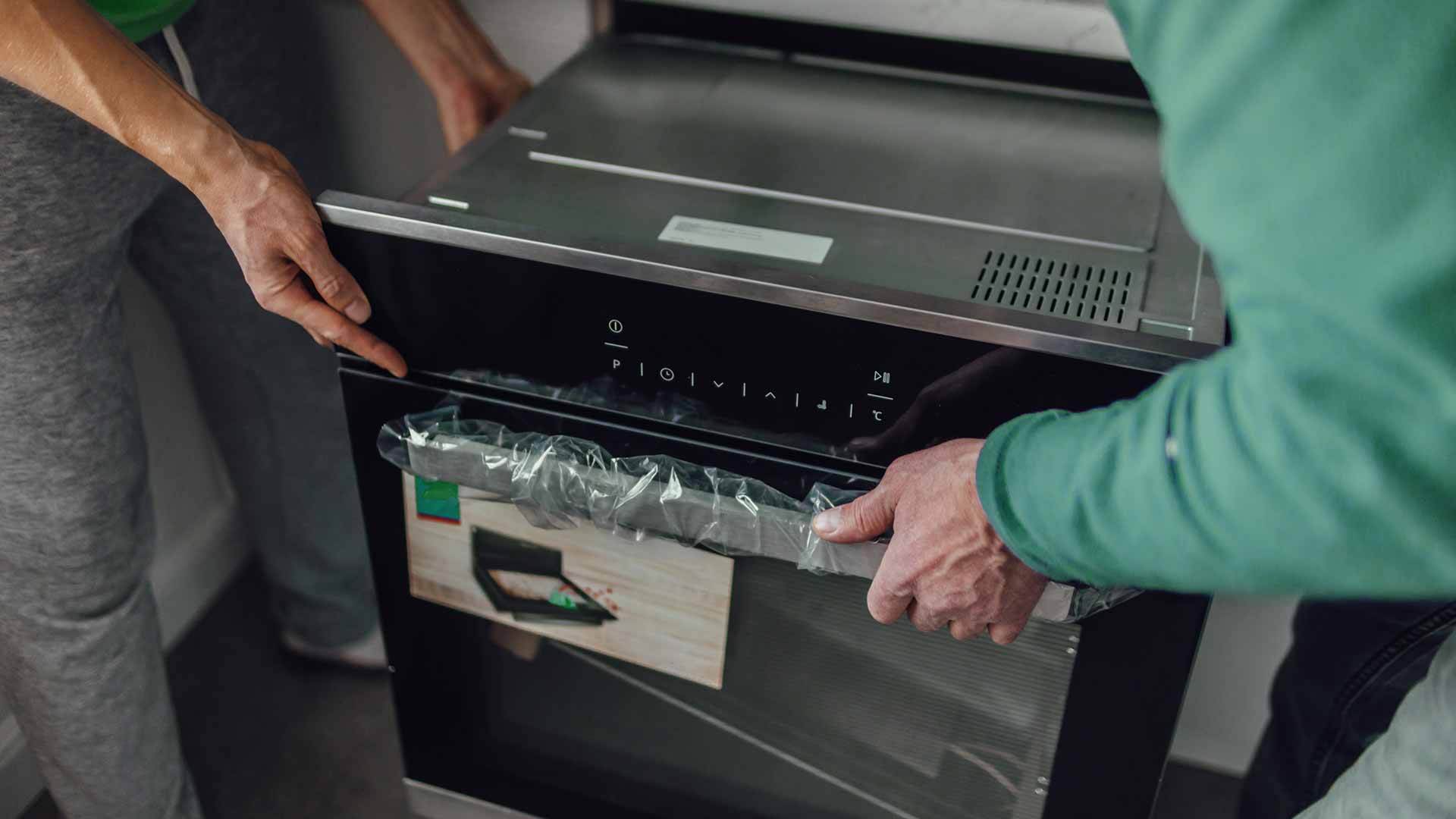Many homeowners are looking for ways to avoid the national electricity grid’s ongoing power cuts and annual price increases.
If you’re keen to do the same, start by looking at what you want your system to do and how much electricity it needs to produce for you. First, decide what kind of system you need. That will depend on whether you want to be completely disconnected from the grid, or if you want the grid connection as a backup. Fortunately, most solutions are modular, so you can expand your system as your budget allows.
You can start with a grid-tied system, and later add components to turn it into a hybrid system. When you can afford the next upgrade, you can add more modules until it’s an off-the-grid system – with everything in your house powered by your independent solar-power set-up.
All 3 choices share 2 components: Solar panels to generate electricity, and an inverter to convert the direct current coming from the panels into the alternating current used in your house. Batteries are optional if you’re looking for a grid-tied system that merely reduces your electricity bill but doesn’t cut you off from the grid. However, an off-the-grid system is totally reliant on the panels and batteries to provide you with power day and night.
The grid-tied system
Batteries remain the biggest cost of a green-energy system, so it’s common for households starting a solar conversion to choose a grid-tied system that doesn’t have any batteries, planning to add them later. Your solar panels will generate electricity during the day to supply part of your home needs, but at night you rely solely on power from the grid.
There are 2 benefits to starting off like this. Your initial investment won’t be astronomical, and it will reduce your electricity bills a little. You’ll also be able to ride out day-time power outages, although at night you’ll be at the mercy of the grid.
The hybrid system
As soon as you install a battery between your panels and your inverter to store electricity, you have a hybrid system, and you further reduce your reliance on the grid. If you have enough panels to supply your needs, you should only need electricity from the grid to top up your batteries when they’ve been drained beyond a set level. This can happen if you’ve used too much electricity overnight, or if bad weather has blocked the sun for a few days in succession.
The off-the-grid system
This is the holy grail of home solar systems – if you can afford it. Since batteries are the biggest cost of a solar installation, you need to design your system to generate as much electricity as possible while using as little as you can. This could mean investing in a greater number of solar panels to make sure the batteries are sufficiently charged at all times.
And you’ll have to make some lifestyle changes to minimise the strain on your batteries. Many things you take for granted – boiling the kettle, taking a late-night bath or running the pool pump all night to keep your pool sparkling – will need to be reassessed because of how much electricity they use. In some areas, like cooking or water heaters, you may decide to switch to non-electric alternatives.
Get expert advice on planning your conversion
The best way to get an accurate picture of how much electricity your household generally uses is to look at your electricity bills for the past year. Your monthly and daily consumption will give you a good idea of how much your solar system will need to produce. The system you install should make at least as much electricity, although you probably want a system capable of storing slightly more in case bad weather or other glitches reduce your solar generation. You will also need to insure your system properly.
Making a final decision on the type of system you want, the installer you trust, and your best financing options should not be rushed. Take your time, do your homework and get more than one price, so that you can make informed decisions.
We offer a number of attractive financing options in partnership with approved service providers that can help make this transformation affordable to more people, either through asset financing, or through your home loan.
Disclaimer
Please note that all costs and financing options quoted in this blog were correct at the time of publication, but are subject to change without notice. Although we update the blogs regularly to keep the information up to date, clients are advised to check current costs and finance options with service providers before making any commitment to solar installation.








